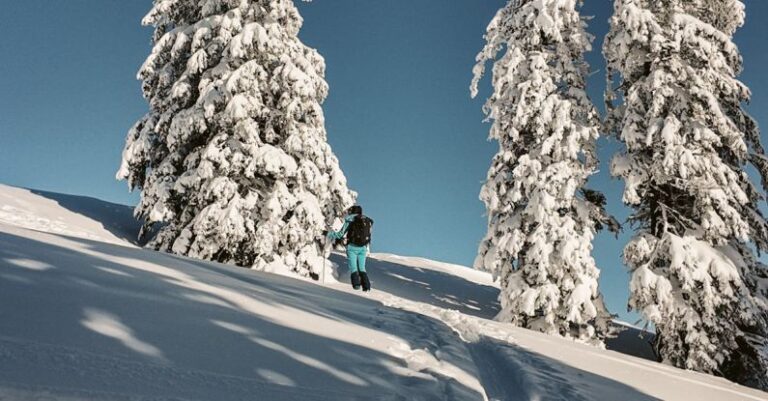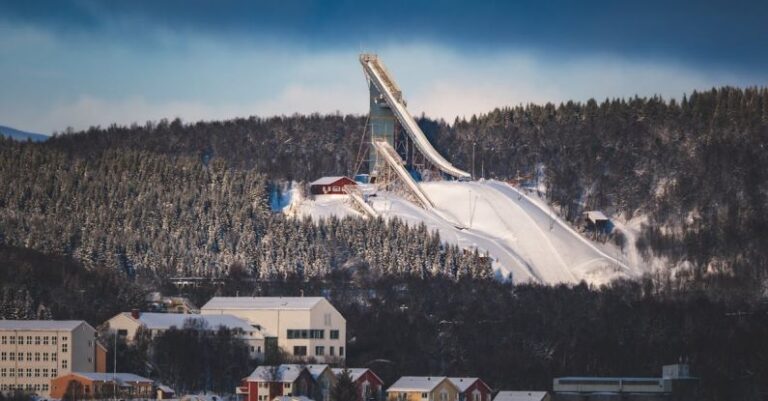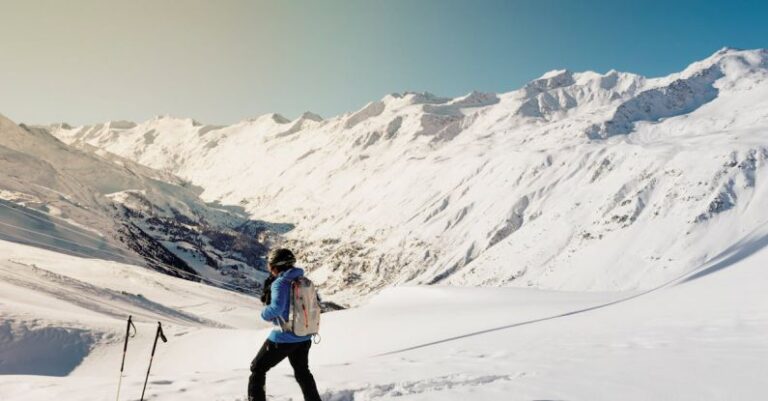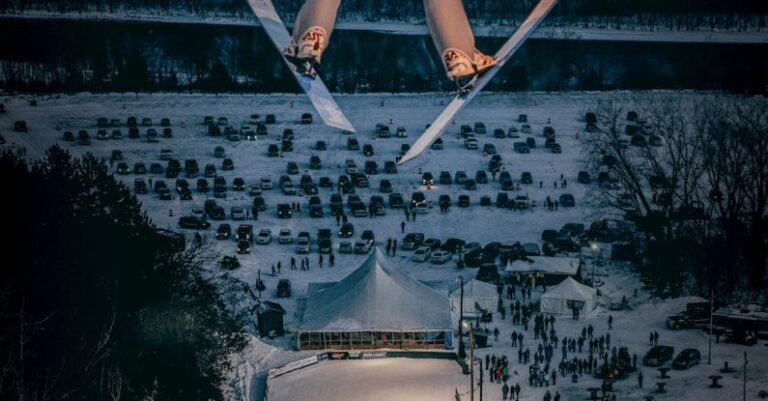
Snow-capped mountains offer breathtaking views and exhilarating adventures, but they also pose significant risks, particularly the threat of avalanches. For those venturing into the backcountry, understanding the basics of avalanche safety is crucial to mitigate these risks and ensure a safe experience. From recognizing warning signs to proper equipment and emergency procedures, here are the essentials every outdoor enthusiast should know.
Understanding Avalanches
Avalanches are rapid flows of snow down a slope, often triggered by factors like weather conditions, snowpack stability, and human activity. They can vary in size and intensity, from small sloughs to large, destructive slides. Recognizing the conditions that can lead to avalanches is the first step in staying safe in avalanche terrain.
Assessing the Avalanche Risk
Before heading out into the backcountry, it is essential to check the avalanche forecast for the area you plan to visit. Avalanche forecasts provide valuable information about the current snowpack conditions, potential avalanche risks, and recommended precautions. Understanding the forecast can help you make informed decisions about where to travel and how to reduce your exposure to avalanche hazards.
Terrain Evaluation
When traveling in avalanche terrain, it is crucial to assess the slope angles and potential avalanche paths. Steep slopes are more prone to avalanches, especially if the snowpack is unstable. Avoiding steep slopes, convex terrain features, and areas with recent avalanche activity can reduce your risk of triggering an avalanche.
Safety Equipment
Carrying the right safety equipment is essential when venturing into avalanche terrain. Every member of your group should have a transceiver, probe, and shovel readily accessible. Transceivers help locate buried victims, probes aid in pinpointing their exact location, and shovels are necessary for efficient rescue efforts. Practice using this equipment before your trip to ensure you are prepared in case of an emergency.
Traveling in Groups
Traveling in a group is crucial for avalanche safety. Always maintain visual and verbal contact with your companions, and avoid traveling on slopes one at a time. If someone in your group is caught in an avalanche, your companions can assist in locating and rescuing them quickly. Having a clear communication plan and designated meeting points can also help coordinate rescue efforts.
Emergency Procedures
In the event of an avalanche, swift action is critical. If caught in a slide, try to get off to the side to avoid being buried. If you are buried, try to create an air pocket in front of your face and remain calm to conserve oxygen. Once the avalanche stops, your companions can use their transceivers to locate and dig you out. Practice rescue scenarios regularly to ensure a quick and effective response in an emergency.
Continual Education
Avalanche safety is an evolving field, with new research and technologies constantly improving our understanding of snowpack dynamics and avalanche behavior. Stay informed about current best practices and attend avalanche safety courses to enhance your knowledge and skills. Regularly practicing rescue drills and honing your decision-making abilities in avalanche terrain can help you stay safe while enjoying the mountains.
Safe Choices
Ultimately, the most crucial aspect of avalanche safety is making safe choices in the backcountry. Assessing the avalanche risk, understanding terrain features, carrying essential safety equipment, traveling in groups, and practicing emergency procedures are all vital components of staying safe in avalanche terrain. By prioritizing safety and being prepared, you can enjoy the beauty of snowy landscapes while minimizing the risks associated with avalanches.
Stay Safe, Stay Informed
Avalanche safety is a shared responsibility among all backcountry users. By staying informed, practicing good decision-making, and being prepared for emergencies, you can reduce the risk of accidents and enjoy your outdoor adventures safely. Remember, the mountains will always be there – it’s up to us to ensure we return home safely after each adventure.





